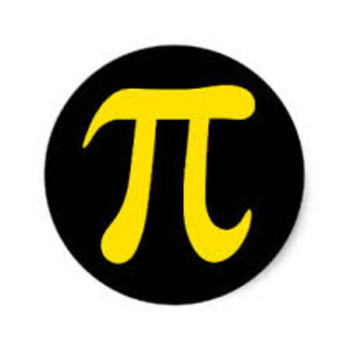If #cos A = 5/13#, how do you find sinA and tanA?
6 Answers
In this way:
(Without further information about the angle
and
Explanation:
The basic trig functions are defined in a right-angled triangle as:
So, as we are given
in this specific right-angled triangle,
the side adjacent to
Using Pythagoras' Theorem.
So now the side opposite
Now we can give the trig ratios as:
From these,we can find that
angle
Explanation:
There are 2 opposite values of sin A, because, when cos A =
the arc (angle) A could be either in Quadrant 1 or in Quadrant 4.
There are also 2 opposite values for tan A
Explanation:
If we have a right triangle where
With the Pythagorean Theorem, we find that the opposite side is
From this, we see that
Hope this helps!
Explanation:
Unless otherwise restricted,
A = 2kpi +- arccos ( 5/13 ) = 2kpi +- 67.38^o#
# k = 0, +-1, +-2, +-3, ...3
And so,
Explanation:
A Pythagorean triple consists of three positive integers a, b, and c, such that a2 + b2 = c2.
If (a, b, c) is a Pythagorean triple, then so is (ka, kb, kc) for any positive integer k. A primitive Pythagorean triple is one in which a, b and c are co-prime (that is, they have no common divisor larger than 1).
The best known triple is 3-4-5, with 5-12-13 being the next most recognised.
 )
)
Any triangle composed of sides of lengths that match the Pythagorean triple will be a right triangle.
That means our triangle has a 90 degree angle for angle C.




